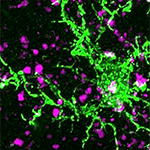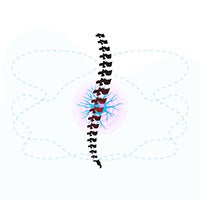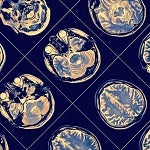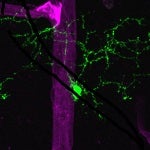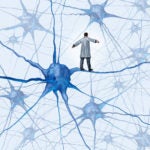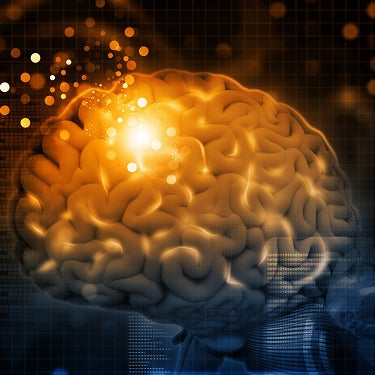Neuro Topics - Microglia
SEARCH OTHER RESEARCH AREAS
August 1, 2024
Complement proteins are known to mediate the pruning of synapses by microglia. In new work with implications for our understanding of schizophrenia, Krishna K. Narayanan, Matthew L Baum, Matthew Johnson, and Beth Stevens, and colleagues at Boston Children's Hospital, find that a neuronal protein called CSDM1 opposes the deposition of complement proteins on synapses, making them less vulnerable to engulfment by microglia.
November 13, 2023
HMS News article on new research from the lab of Beth Stevens, first author Dan Wilton, showing how the process of Huntington’s disease begins well before symptoms appear — and revealing that in mice, the process can be blocked to prevent cognitive problems thought to be relevant in Huntington’s disease, studied with visual discrimination learning and cognitive flexibility tasks.
Original article in: Nature Medicine >
November 30, 2020
BCH Discoveries article on new research from the lab of Zhigang He, joint first authors Yi Li, Xuelian He, and Riki Kawaguchi. They studied recovery from spinal cord injury in neonatal mice and found that microglia cells play a crucial role in the healing process.
Original article in: Nature >
July 22, 2019
Hopi Hoekstra was awarded the C. Hart Merriam Award by the American Society of Mammalogists.
July 12, 2019
HMS News article on new research from the lab of Rudolph Tanzi, first author Ana Griciuc, on how crosstalk between certain microglial receptors regulates neuroinflammation in Alzheimer’s disease.
Original article in: Neuron >
June 24, 2019
the Dean’s Community Service Award was established in 1999 to recognize individuals whose dedication and commitment to community service have made a positive impact on the local, national, or international community.
June 18, 2019
He is profiled in the June 2019 issue of the Proceedings of the National Academy of Sciences.
June 14, 2019
Lucas is a postdoc in the lab of Anne Takesian at Mass Eye and Ear.
June 14, 2019
Jeffrey Moffitt and Alan Brown, faculty at HMS and Boston Children's Hospital, are among 22 earlier career researchers selected by Pew Charitable Trusts to join the Pew Scholars Program in Biomedical Sciences.
June 7, 2019
As dean for graduate education, Segal will be responsible for the strategy, oversight and coordination of graduate education at HMS,
April 30, 2019
HMS News article highlighting new research from the lab of Kip Connor (first author Yoko Okunuki), on how unraveling microglia’s role in neuroinflammation could improve treatment for visual disorders like uveitis.
Original article in: PNAS >
October 10, 2018
BCH Vector Blog post on new research from the labs of Beth Stevens, Chinfei Chen, Hisashi Umemori and colleagues, identifying a “don’t eat me” signal which prevents microglia from pruning away useful synaptic connections
Original article in: Neuron >
October 1, 2018
Has your research provided a breathtaking image of the nervous system that you’d love to share with the world? Send it to HBI! You could win a $200 cash prize and have your work displayed online and/or on the walls of Harvard’s science buildings.
September 27, 2018
Postdoctoral fellows Carolyn Elya (lab of Benjamin de Bivort) and Shan Meltzer (lab of David Ginty) were awarded 2018 HHMI Hanna Gray Fellowships.
September 27, 2018
A new study from the labs of Staci Bilbo and colleagues reveals role of microglia in adolescent development different for males, females.
Original article in: Nature Communications >


